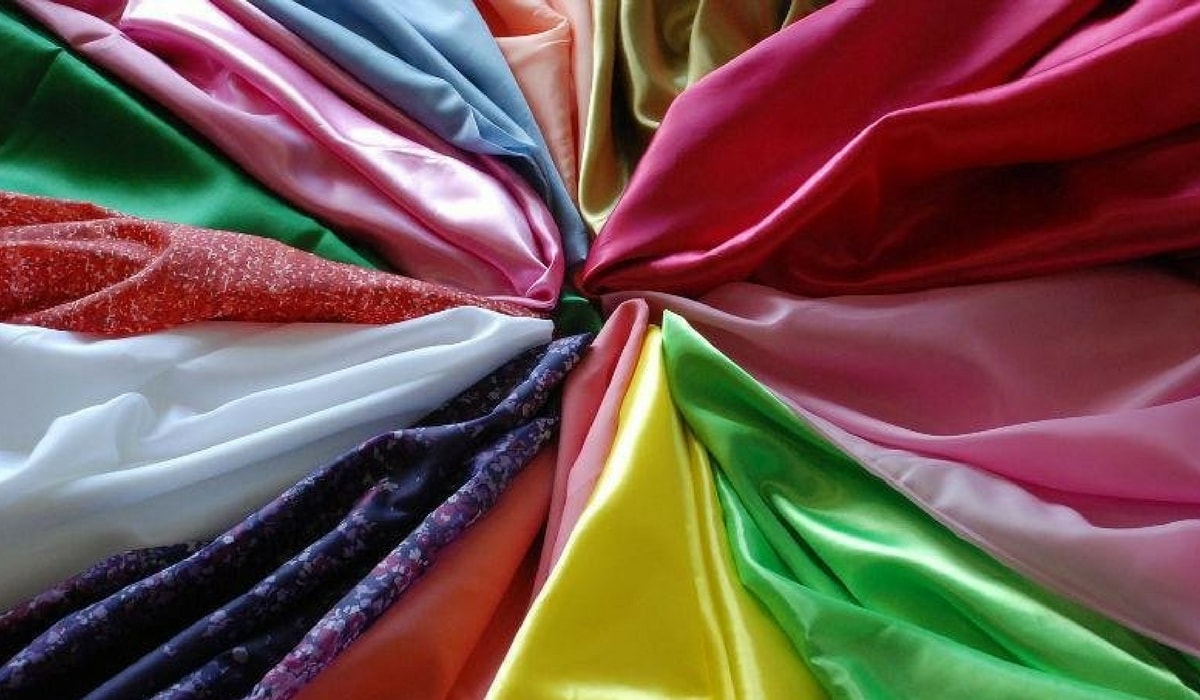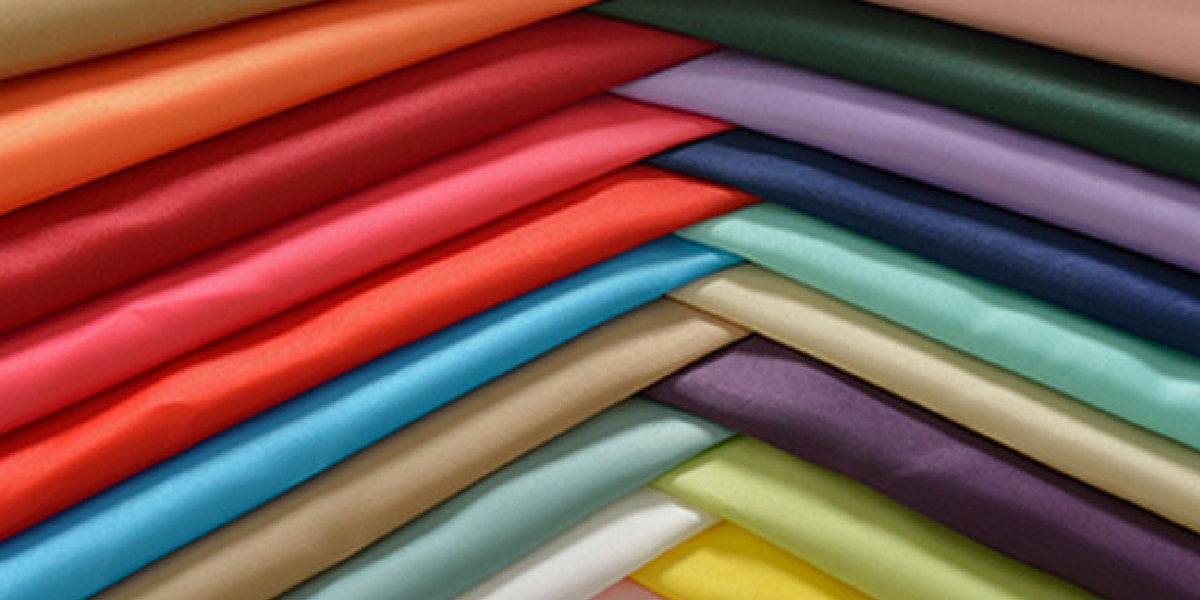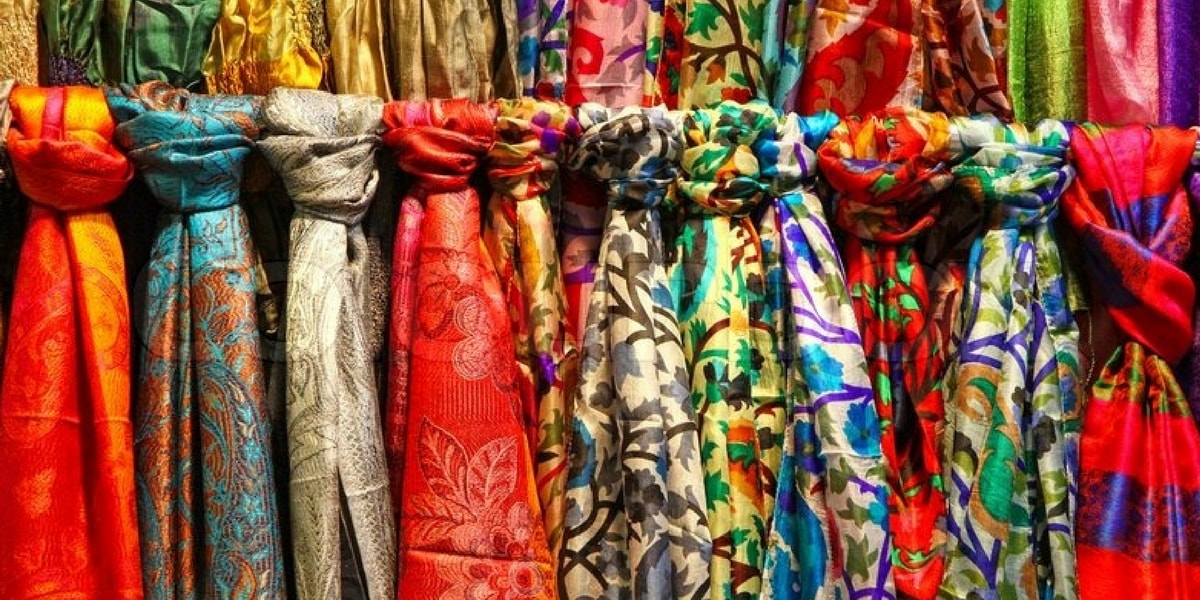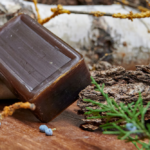Discovery of Silk
How is silk produced? How does silkworm produce silk?
What is Silk Road?
Chinese Silk in History
The First Industrial Espionage in History
Silk is a type of fabric found in Neolithic China, used since about 3000 BC. History of silk will be explained below.
Legend has it that Empress Hsi-Ling-Shih, wife of the Yellow Emperor, who ruled China at that time, one day while walking in her garden, a cocoon of silkworm falls into her tea. As the cocoon that falls into the tea begins to dissolve, a thread known as silk is formed. Realizing that this thread is made up of cocoons, the Empress begins to examine silkworms and cocoons and finds out how silk is obtained. Again, according to legend, it is believed that Empress Hsi-Ling-Shih was the person who made the first silk loom after she found the silk. Hsi-Ling-Shi is referred to as the Silk Goddess in some Chinese texts.
After silk began to be used in clothes and ornaments, it could only be used by the Emperor and people very close to him in the first period. At that time, silk was a luxury item in China for many years, and only certain people could access it. As time passed, courtiers and court members were also allowed to use silk.
Silk ceased to be used only in clothing, but began to be used in ornaments, musical instruments, ropes, containers and many similar items. As time passed, silk, produced in higher quality, began to be used as a currency, like gold and silver.
How is silk produced? How does silkworm produce silk?
Silk, the production of which requires a lot of effort, is obtained from the silkworm. Silkworm, a caterpillar species, is an insect that feeds mainly on mulberry leaves. These insects produce a cocoon that surrounds them at some point in their lives. This cocoon in the form of thread produced by the insect with a secretion released from its body is the raw material of silk.
Approximately 1000 meters of silk wire is obtained from a single cocoon made by the silkworm, and this wire is then used in production as fibers. Approximately 6000 cocoons are used for 1 kilogram of silk, the production of which requires great effort.
In the first years of production, fibers that were processed on small looms began to be processed in large machines as the amount of production increased. While some of the silkworms are kept waiting for reproduction, the cocoons of the other part are used for silk production. While the majority of silkworms are grown for industrial purposes today, only a few grow naturally.
What is Silk Road?
Route and History:
While silk production has become a major industry in China. It has become an item that is valued by other countries as well. Silk, started to be sold to other countries by China. It first reached India, and then began to be sold to Egypt, Japan, and Mongolia.
Silk reached as far as Europe and Africa with the route it drew through the Middle East and Anatolia. Not only silk, but also many commercial products such as porcelain, spices, perfumes and jewellery were transported on this route.
The Roman Empire exported gold, silver, carpets and jewellery, especially silk, for many years. This road is also said to have caused the plague to be carried from Asia to the West in the 13th and 14th centuries. This route was first mentioned as the Silk Road by the German geographer Ferdinand von Richthofen in 1877 and has been known as the Silk Road since then.
Chinese Silk in History
The Chinese Empire hid how silk was produced from other countries for about 4000 years. Telling the way to obtain silk was considered a very serious crime in the Chinese Empire. And the death penalty was in question for those people. However, according to legend, in the 5th century, when a Chinese Princess married the King of Khaon, the Chinese Princess took the silk seeds she had hidden in her hair to Khotan, and the silk cocoons were out of China for the first time.
The First Industrial Espionage in History
Also, it is said that around 550 BC, two Christian priests smuggled silkworms, which they had hidden in their walking sticks, from Khotan to Istanbul, which was then ruled by the Byzantine Empire. These priests were personally commissioned by the Byzantine King Justinian for espionage.
This incident is considered the first known industrial espionage. The techniques of silk making reached Europe only 700 years later. In the 15th century, France and Italy became Europe’s leading producers.
Silk and sericulture have gone through a very long journey in history. They still occupy a large place in the industry. In addition, silk spread to Europe and many countries long after its first discovery. It has been widely used in many fields by the whole world for many years.
Lastly, silk is mostly used in textile products today, is still one of the most expensive fabric types. The main production of silk is mostly in the hands of Asian countries, especially China.













